Top 10 Cinematographers: In horror cinema, atmosphere is everything.
Top 10 Cinematographers: In horror cinema, atmosphere is everything. Creepy environments, the strategic use of light and shadow, and the ability to build visual tension are essential to creating that sense of terror that captivates the viewer. At the heart of this process are the cinematographers, artists who shape light and darkness to evoke intense emotions. Here is our top 10 list of cinematographers who have left an indelible mark on horror cinema.
 1. Dean Cundey – Halloween (1978)
1. Dean Cundey – Halloween (1978)
Dean Cundey is a true master at building tension through lighting and camera work. His work in John Carpenter’s Halloween is iconic. His ability to play with light and shadow, using minimal lighting to hide Michael Myers in the darkness, created a persistent sense of terror. Cundey also collaborated with Carpenter on other horror films such as The Fog and The Thing, showcasing a unique mastery in creating oppressive atmospheres.
 2. Tak Fujimoto – The Sixth Sense (1999)
2. Tak Fujimoto – The Sixth Sense (1999)
Tak Fujimoto worked with M. Night Shyamalan to create an eerie and mysterious atmosphere in The Sixth Sense. His cinematography evokes a constant sense of unease, skillfully playing with cold lighting and shadows to build slowly growing tension. Fujimoto is able to convey a sense of isolation and fear with his precise and controlled cinematography.
 3. Bruno Delbonnel – Dark Shadows (2012)
3. Bruno Delbonnel – Dark Shadows (2012)
With his distinctive style, Bruno Delbonnel worked with Tim Burton on Dark Shadows, bringing a gothic and surreal quality to the cinematography. His rich and saturated colors, combined with suggestive lighting, created a visually captivating and mysterious world that perfectly fits the dark and grotesque tone of the film.
 4. Jeff Cronenweth – Fight Club (1999)
4. Jeff Cronenweth – Fight Club (1999)
Although Gone Girl is not pure horror, Jeff Cronenweth’s work deserves mention for his ability to create a tense and unsettling atmosphere. Cronenweth’s cinematography, characterized by cold and ruthless lighting, amplifies the sense of discomfort and paranoia that permeates the entire film. His ability to make the emotional darkness of the characters palpable is truly remarkable.
 5. Roger Deakins – No Country for Old Men (2007)
5. Roger Deakins – No Country for Old Men (2007)
Roger Deakins is one of the greatest cinematographers of all time, and although he is not primarily known for horror, his work on Prisoners is noteworthy. Deakins uses color and light to create a visually dark and oppressive world, reflecting the characters’ despair. His ability to use landscape and natural light to amplify tension is masterful.
 6. Darius Khondji – Seven (1995)
6. Darius Khondji – Seven (1995)
Darius Khondji helped create one of the most disturbing films of the 1990s with his work on David Fincher’s Seven. Khondji’s cinematography, characterized by dark tones and deep shadows, is crucial in creating the film’s grim and oppressive atmosphere. His skill in manipulating light to build a world where evil seems ever-present is impressive.
 7. Peter Deming – Evil Dead II (1987)
7. Peter Deming – Evil Dead II (1987)
Peter Deming has worked with directors such as David Lynch and Sam Raimi to create visually surreal and disturbing worlds. In Evil Dead II, his cinematography is wild and dynamic, contributing to a chaotic and terrifying visual experience. In Mulholland Drive, Deming crafted a dreamlike cinematography that reflects the enigmatic and mysterious tone of the film.
 8. John Alcott – The Shining (1980)
8. John Alcott – The Shining (1980)
John Alcott worked with Stanley Kubrick to create one of the most visually iconic horror films of all time. The cinematography in The Shining is characterized by masterful use of natural light and architectural spaces to build a sense of isolation and terror. The use of color, especially red, and the long desolate corridors have become visual symbols of nightmare thanks to Alcott’s vision.
 9. Dan Laustsen – Crimson Peak (2015)
9. Dan Laustsen – Crimson Peak (2015)
Dan Laustsen has had a long career in cinema, but his work with Guillermo del Toro deserves special mention. In Crimson Peak, his gothic and color-saturated cinematography creates a visually rich and mysterious world. His ability to balance beauty with the macabre is impressive, making each shot a visually captivating and haunting work of art.
 10. Michael Chapman – Taxi Driver (1976)
10. Michael Chapman – Taxi Driver (1976)
Michael Chapman is known for his ability to create dark and disturbing atmospheres, even in films that are not strictly horror. Taxi Driver is a classic example of his style, with cinematography that captures the darkness of the protagonist’s mind. In In the Cut, Chapman brought his style to a psychological thriller, using grainy and bare photography to create a visually claustrophobic and distressing world.
These top 10 cinematographers have not only enhanced the films they worked on but also elevated the horror genre to new artistic heights. Their unique visions and innovative techniques continue to influence horror cinema, making these films unforgettable milestones in the cinematic landscape.
Subscribe to our YouTube channel

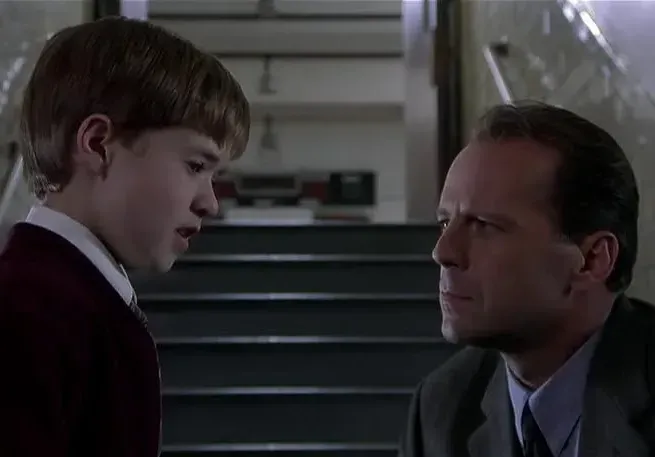
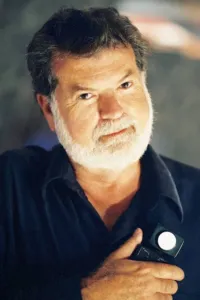 1.
1. 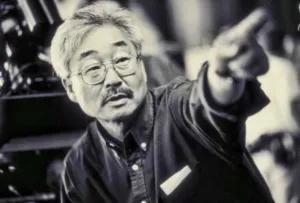 2.
2. 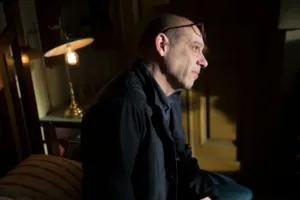 3.
3. 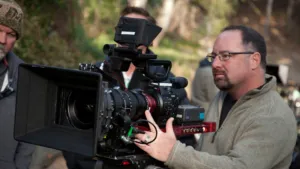 4.
4. 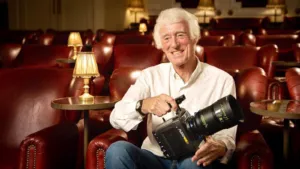 5.
5. 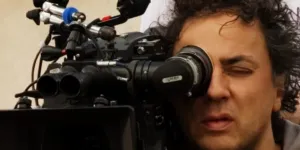 6.
6. 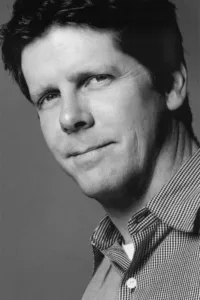 7.
7. 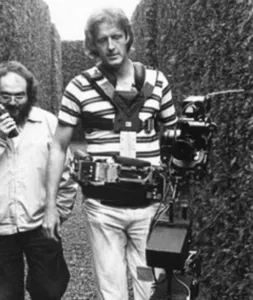 8.
8. 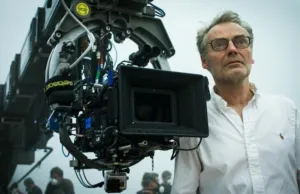 9.
9. 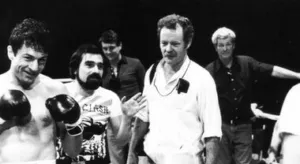 10.
10. 




